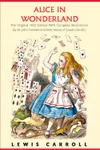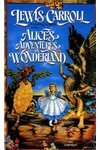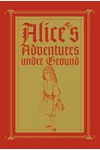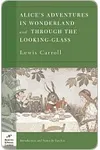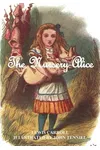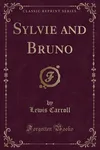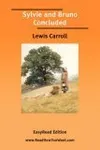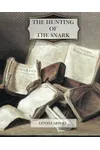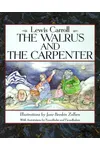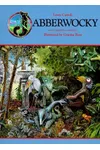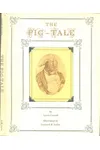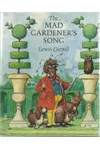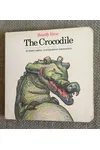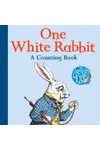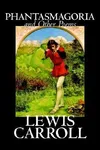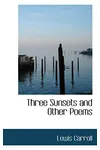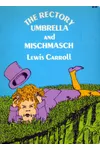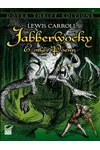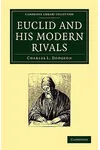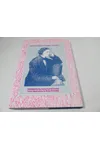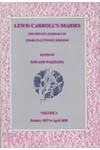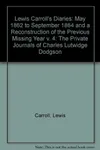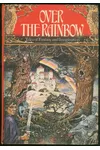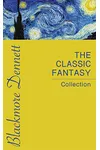Picture a British storyteller who tumbled down a rabbit hole of imagination, creating a world where logic twists and nonsense reigns—meet Lewis Carroll! Born Charles Lutwidge Dodgson in 1832, this Oxford mathematician and logician penned the timeless Alice's Adventures in Wonderland, a whimsical tale that redefined children's literature with its playful wordplay and fantastical charm.
The Making of Lewis Carroll
Charles Dodgson grew up in a large, scholarly family in Cheshire, England, where his love for storytelling bloomed early. A shy child with a stammer, he entertained his siblings with clever tales and games. After excelling in mathematics at Oxford, he became a lecturer, but his creative spark found its true outlet in writing. Under the pseudonym Lewis Carroll, he began crafting stories inspired by his fascination with logic, puzzles, and the boundless curiosity of children.
Lewis Carroll’s Unforgettable Stories
Carroll’s masterpiece, Alice's Adventures in Wonderland (1865), sprang from a boat trip with the Liddell sisters, where he spun a tale of Alice’s surreal journey through a dreamlike world of talking animals and eccentric characters. Its sequel, Through the Looking-Glass (1871), continued Alice’s adventures, introducing iconic figures like the Jabberwocky and the chessboard-inspired narrative. Carroll’s style blended sharp wit, linguistic play, and absurd humor, weaving logic into nonsense. His lesser-known works, like the narrative poem The Hunting of the Snark (1876), showcased his knack for quirky, rhythmic storytelling, while Sylvie and Bruno (1889) explored more sentimental themes. Each work invited readers to question reality and embrace imagination.
Carroll’s writing stood out for its innovative structure—defying linear plots—and its appeal to both children and adults. His clever use of mathematical concepts, like the chess moves in Through the Looking-Glass, added depth, making his stories a playground for curious minds. His influence on fantasy and surrealism remains profound, inspiring writers like Neil Gaiman and filmmakers like Tim Burton.
Why Lewis Carroll Matters
Lewis Carroll revolutionized children’s literature by treating young readers as intellectual equals, blending humor with thought-provoking themes. His stories championed creativity, encouraging generations to explore the absurd and question conventions. Beyond literature, his photography and logical treatises left a mark, but it’s Alice’s enduring magic that keeps Carroll’s legacy alive in pop culture, from stage adaptations to animated films. His work reminds us that a dash of nonsense can spark boundless wonder.
About Lewis Carroll
- Birth Date: January 27, 1832
- Key Works: Alice's Adventures in Wonderland, Through the Looking-Glass, The Hunting of the Snark
- Notable Trait: Master of wordplay and logical puzzles
- Died: January 14, 1898
Snag Alice's Adventures in Wonderland and dive into Lewis Carroll’s whimsical world of wonder and wit!
